
Business Intelligence and Analytics Services offer advanced analytics and BI services, helping businesses derive actionable insights from their data to drive informed decision-making.
Organizations can tap into a pool of specialized talent without the need to hire and train an in-house team, overcoming the shortage of unique IT skills.
Customers pay only for the work done and can easily scale the team without the lengthy hiring process. Clients can avoid hefty upfront costs associated with hardware, software, and data infrastructure investments.
By offloading the responsibility of managing specific IT areas to a third-party managed analytics service provider, organizations can concentrate on their core business functions. This allows better focus on strategic initiatives and core competencies, while IT experts handle the complexity of data processing.
Managed IT services are designed to scale with the needs of the clients' business. Whether it is expanding data operations, adding new users, or adapting to technological advances, there is no problem to quickly adjust resources to accommodate changing requirements.

Regulatory landscape analysis – conducting thorough analysis of relevant regulations and compliance standards that apply to the specific domain and geographic location where the ML service will be deployed.
Data governance and privacy assessment – evaluating data governance practices to ensure compliance with regulations governing the collection, storage, and processing of sensitive information.
Ethical AI and bias mitigation – implementing mechanisms to address and mitigate biases in ML models to comply with regulations emphasizing fairness and ethical considerations.
Security and model robustness – conducting vulnerability assessments to identify and address potential threats to the ML system, aligning with regulations that mandate robust cybersecurity practices.


Data preprocessing – cleaning, transforming, and organizing the raw data to ensure suitability for training a machine learning model.
Feature selection – choosing the most relevant features from the dataset that contribute the most to the predictive power of the model.
Model selection/architecture design – selecting the appropriate machine learning algorithm or model architecture for the problem at hand. Choosing between different types of models (e.g., decision trees, neural networks) and tuning hyperparameters to optimize model performance.
Model training – training the selected model on the preprocessed data and evaluating its performance using appropriate metrics (e.g., accuracy, precision, recall, F1-score).
Model deployment and monitoring – integrating the model with existing systems, setting up monitoring to track its performance over time, and implementing mechanisms for model updates and maintenance.

Data governance and quality assessment – examining the quality, completeness, and accuracy of the training and testing datasets used in the machine learning models. Evaluating data governance policies and practices, including data access controls, encryption, and data lineage.
Model performance – checking the performance of machine learning models, considering metrics such as accuracy, precision, recall, and F1 score.
Algorithmic fairness and bias assessment – verifying the AI/ML models for biases in predictions and outcomes. Implementing fairness metrics and assess the fairness of model outputs across different demographic groups.
Security and privacy analysis – conducting a security audit to identify vulnerabilities in the AI/ML infrastructure, including model deployment, API endpoints, and data storage. Ensuring that proper encryption measures are in place for data both at rest and in transit.
Monitoring and maintenance procedures – implementing monitoring procedures to ensure ongoing performance and identify issues promptly. Verifying the existence and effectiveness of mechanisms for model versioning, updates, and retraining to adapt to evolving data patterns.

Problem definition and requirement analysis – understanding the problem domain, defining clear objectives for the AI solution, and gathering requirements from stakeholders.
Data collection – collecting relevant data from various sources, such as databases, APIs, or sensors. It also includes data preprocessing tasks such as cleaning, filtering, and transforming the data to ensure suitability for training machine learning models.
Algorithm selection and model design – designing the architecture of the AI model, including the selection of layers, nodes, and activation functions. Optimizing hyperparameters and considering factors like model interpretability, scalability, and resource requirements.
Implementation and integration – developing APIs or libraries for model inference, integrating the model with existing software focus structure, and ensuring compatibility with other components of the system.

Strategic AI roadmapping – formulating an AI strategy that aligns with the enterprise's goals and objectives. This encompasses the identification of potential AI use cases, assessment of the feasibility and impact of AI adoption, and the creation of a roadmap for its implementation.
Governance frameworks – setting up policies, guidelines, and best practices for the management of data, model development, and deployment. This facilitates the implementation of mechanisms ensuring transparency, accountability, and compliance.
AI processes optimization – reviewing existing processes and workflows to precise opportunities for effective AI integration. Providing recommendations on optimizing processes, streamlining data pipelines, and fostering a culture of continuous learning and improvement.

Exploratory data analysis (EDA) – conducting a thorough exploration of the data to understand patterns, relationships, and potential insights. Identifying potential variables that may have significant impact on the predictive modelling task.
Model selection – selecting the most suitable predictive modelling techniques based on the problem at hand and the nature of the data. Common techniques include linear regression, logistic regression, decision trees, random forests, support vector machines, neural networks, etc.
Model validation – splitting the data into training and testing sets, cross-validation, and using metrics such as accuracy, precision, recall, F1-score, ROC curve to evaluate the model's performance.
Model monitoring – implementing monitoring systems to track the model's performance over time and identify any degradation in predictive accuracy.
Expert-led training and workshops in the fields of business intelligence and data science. Our training programs cover a wide range of topics, including ETL solutions, data warehousing technologies, and the latest advances in analytical tools and methodologies. Designed to empower professionals with practical skills and insights, our training sessions are conducted by seasoned industry experts and offer hands-on learning experiences.

Comarch BI, as an integrator of data warehousing solutions and third-party systems, has been building dedicated Enterprise-class projects for over 18 years, implemented in 33 countries worldwide. During this time, Comarch's specialists have completed over 100 BI projects supported by references from satisfied clients, serving global and local brands.
Importantly, Comarch's specialists, through implementations across various sectors, possess specialized industry knowledge, significantly facilitating and expediting the project realization process regardless of the industry. Leveraging acquired experience, qualifications, and know-how, Comarch BI also provides managed services in the areas of business intelligence, advanced data analytics, artificial intelligence, machine learning, and related domains.
Comarch cooperation models empower clients to seamlessly adjust their team size according to project complexity and timelines, providing unparalleled flexibility and agility in resource allocation. Leveraging Comarch BI's vast pool of IT specialists, clients gain access to a diverse array of expertise, spanning business analytics, data visualization, data quality, master data management, data migration, big data, data warehousing, machine learning, artificial intelligence, data science, and more.
With Comarch BI's demonstrated track record in delivering top-tier IT solutions and services, clients can confidently rely on the expertise and reliability of our team to achieve their goals.
Body leasing is a flexible solution that enables businesses to hire skilled resources on an hourly basis. With this model, companies can seamlessly scale their teams according to project needs, without the commitment of maintaining full-time employees in-house. Comarch specialists are available to join your team temporarily, providing invaluable support.
Comarch provides a dedicated team to handle specific tasks, seamlessly collaborating with your team or other vendors. This accelerates development initiatives and delivers cost savings with a reliable team of IT professionals. Our approach ensures efficient project progress and high-quality results aligned with your objectives.
Full outsourcing is a comprehensive service, where Comarch takes on the responsibility of managing all aspects of your project from start to finish. With this service, we assemble a dedicated team of skilled IT professionals who are committed to handling specific project tasks from inception to completion.

Comarch's team of experts offers extensive experience across a diverse range of technologies, delivering tailored solutions to meet your specific needs. We excel in renowned platforms such as IBM (DB2, Cognos, Data Stage, Watson, and SPSS), Microsoft (SQL Server, SSIS, SSAS, Reporting Services, and Power BI), and Oracle (Database and Business Intelligence solutions). We are proficient in leading visualization tools like Tableau and Qlik, as well as modern cloud-based data warehousing platforms such as Snowflake. Leveraging cloud computing platforms like AWS and Azure, we deliver flexible, scalable, and cost-effective solutions to drive innovation within your organization. With expertise in analytical tools such as R Studio and Python, we enable advanced data analysis and predictive modelling.
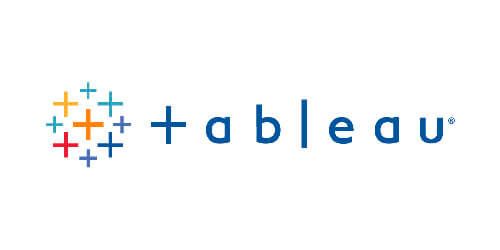
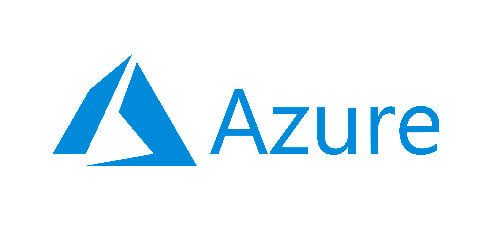
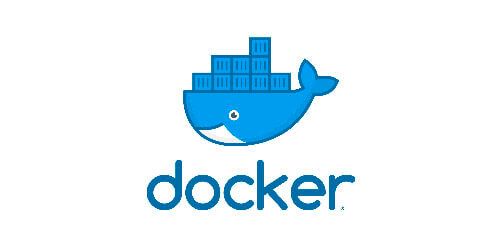


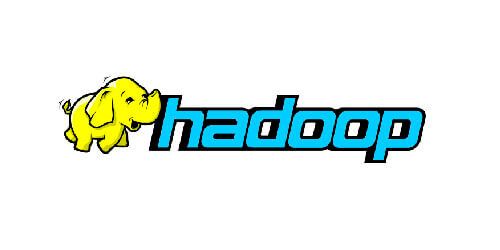
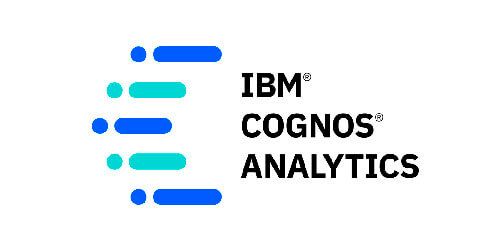

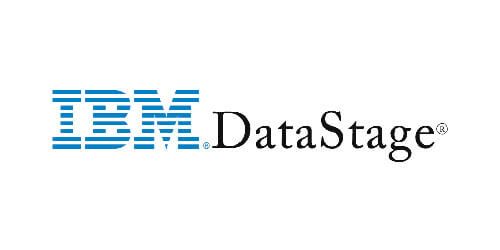

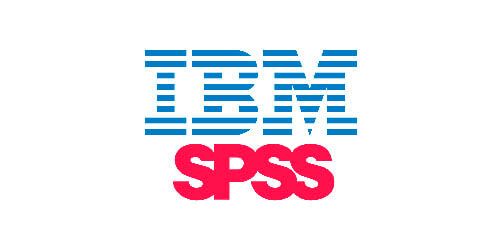

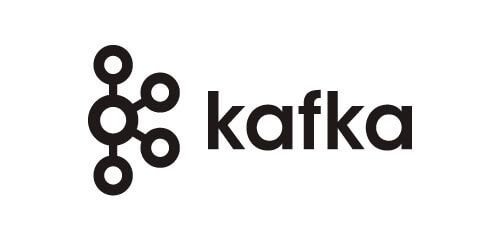

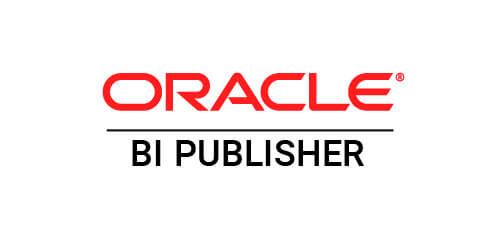
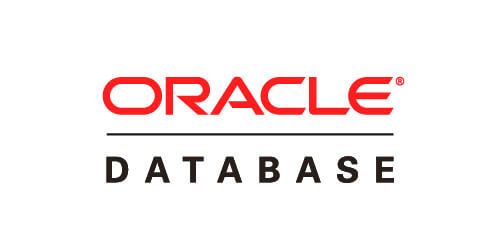
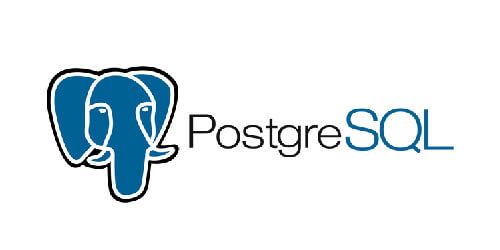







Determine your business needs. We will offer you the optimal solution customized to fit your unique requirements.
Contact Us